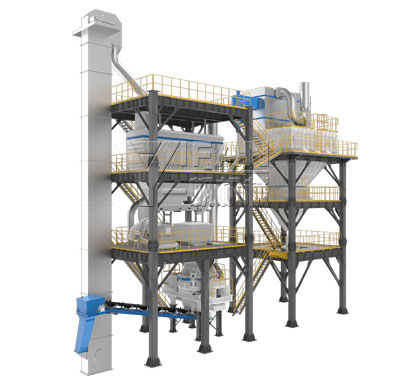人力资源管理理念
人力资源是企业的第一资源,是企业的核心竞争力,是企业生存和发展的决定性因素,坚持人力资源投入是企业发展的根本保障,真正做到“尊重知识、尊重人才、尊重劳动、尊重创造”,让人才成为企业发展的根本动力。
人才战略
在合适的时间把合适的人放在合适的位置上,强力打造优秀水平的高绩效团队。
1. 德才兼备,提拨重用 2. 有德无才,培训任用 3. 有才无德,限制任用 4. 无德无才,坚决不用
发展空间
为员工搭建成长平台,为人才提供发展空间。
轮岗:在公司内部实行员工轮岗制度。通过轮岗,使员工获得更多的技能,培养企业需要的复合型人才。
转岗:对具有发展潜质和领导能力及管理水平的员工实行轮岗制度,为其快速成长搭建良好的平台。
竞争上岗:各部门若发生职位空缺时采用竞争上岗。每年年初公司将对各个岗位开展竞聘活动,目的是让有才能的人尽快脱颖而出。
内部任职资格评定:公司分技术类和管理类两大专业系统实行内部任职资格评定制度。一年一次,特殊情况可随时评定,促进员工快速提升技能。
带薪学习:公司每年挑选一批德才兼备的优秀员工进行带薪学习和深造,帮助员工进一步提高现代科学知识和专业理论水平。
出国培养:对优秀的中高层管理人员选送到欧美国家进行培养,学习西方先进的管理理念和管理经验,为公司大发展提供强大的人才智力支持。
培训与开发
培训的重要性:员工培训是企业的一项长期的战略性的基础工作,没有培训,员工的素质不不能得到提升,就无法打造优秀水平的高绩效团队。不断加大培训力度,坚持不懈发开展员工培训,才能把公司建设成为学习型组织。
培训场所:集团每年投入上百万的资金用于培训,主要包括场地建设,设施配备,图书采购等。目前,公司已拥有一个环境优美,功能齐全,设施先进的培训中心,年培训人数达1.5万人次。
培训方式:1. 岗前培训 2. 分类别、分层级的培训 3. 资格认证培训 4. 分类业务技能培训
名校合作:我们采用走出去,定向培养的办法,与郑州大学、上海同济大学、西安交通大学、河南工业大学等名校开展强强联合,开展技术、管理、财务、营销等方面的培训合作,并将培训班的名称命名为“山德班”,“一帆班”等。实践证明,这是员工培训和人才引进的一条非常有效的途径。
薪酬与福利制度
薪酬政策:我们公司建立了完善科学合理公平的薪酬体系。该体系既具有很大的激励性,又具有很强的竞争力。该体系既优于市场的薪酬水平,又体现了地区差别且又兼顾了行业的薪酬水平。
薪酬体系:公司的薪酬体系主要由基本工资、绩效工资、工龄工资、津贴、福利等项目构成。为研发人员提供项目承包金,为高绩效员工提供高薪酬待遇,对高层管理人员实行股票期权进行激励。
福利待遇
公司为员工办理社会统筹,意外伤害保险。
每年免费为员工提供工装和劳动防护用品。
每月公司为食堂提供一定的伙食补贴,食堂为员工提供花色多样的饭菜品种供员工食用。
公司为员工提供设备齐全的员工宿舍。公司每天安排大巴接送员工上下班。若员工加班,由公司安排小车接送员工回家。对不同级别的管理人员实行不同标准的电话费补助。
每逢春节公司对家庭困难的员工都将发放一定的补助金,同时还发动员工为其募捐。
其它福利
1. 享受国家规定的各种节日补贴和休息。 2. 根据在公司的工龄长短,员工每年春节可带薪休息5-10天。 3. 每月为生日的员工都将送上一份精美的生日礼物。 4. 对长期奋战在市场一线的员工,公司将给予家庭提供力所能及的帮助。







